Inventing Modernity in Medieval
European Thought, ca. 1100ca. 1550
STUDIES IN MEDIEVAL AND EARLY MODERN CULTURE
Medieval Institute Publications is a program of The Medieval Institute, College of Arts and Sciences

Western Michgian University
Copyright 2018 by the Board of Trustees of Western Michigan University
Library of Congress Cataloging-in-Publication Data
are available from the Library of Congress.
ISBN: 9781580443494
eISBN: 9781580443500
All rights reserved. Without limiting the rights under copyright reserved above, no part of this book may be reproduced, stored in, or introduced into a retrieval system, or transmitted, in any form, or by any means (electronic, mechanical, photocopying, recording or otherwise) without the written permission of both the copyright owner and the author of the book.
Every effort has been made to obtain permission to use all copyrighted illustrations reproduced in this book. Nonetheless, whosoever believes to have rights to this material is advised to contact the publisher.
Preface
T HE INSPIRATION FOR THIS VOLUME is to be found in the life and career of Thomas M. Izbicki. Tom has touched every one of the authors whose work is found herein, whether as peers, collaborators, or mentors. The appreciation by Jerry Christianson that appears in the final section of the book conveys more than adequately Toms professional contributions as a scholar who embodies the rare combined talents of on-the-ground rigor and visionary insight. Each of the chapters contained in this volume reflect one or another dimension of his extraordinary capacity to synthesize vast amounts of literatureprimary and secondaryinto a cohesive account of the transformations that occurred in Western thought between the so-called medieval and modern periods. We suspect that Toms greatest academic joys emerged from working with colleagues (attested to by the bibliography with which this book ends), drawing together intellectual communities in various ways, and (unbelievably!) preparing indices for books. Of course, Tom also has gathered a large group of friends who deeply appreciate him and who value his love and support (as well as his distinctive laugh and subtle sense of humor). Although he may have formally retired from his appointment at Rutgers University, he appears to be working harder and more productively than ever.
No collection of essays can be completed successfully by the sheer will of its editors. Therefore, we wish to thank the contributors whose scholarship is represented in this volume. Each and every one met deadlines (early!) and cooperated unselfishly in the publication processa testament, we think, to their respect and true affection for Tom. The staff of MIP was supportive and professional from beginning to end; in this regard, we wish to thank Theresa Whitaker and Ilse Schweitzer, as well as Simon Forde at Arc Humanities Press. Ben Peterson of Texas A&M University made Herculean editorial contributions well beyond expectations (as well as enduring the not-always-pleasant to-and-fro between the editors). The late Dennis Wm Moran of the University of Notre Dame took a keen interest in the project, suggested many names to approach about contributing, and would have loved to add his own appreciation for Tom. Alas, Dennis passed away only weeks before we completed the final version of the manuscript. And, most importantly, we thank you, Tom, for all you have done for us and for so many others.
Bettina Koch
Blacksburg, VA
Cary J. Nederman
College Station, TX
March 2018
Introduction
Inventing Modernity
Bettina Koch and Cary J. Nederman
A VISITOR FROM A DISTANT LAND AND CULTURE travelling through Europe will most likely eventually find herself in the historic center of a medieval city or town. The centers most impressive building is almost assuredly the citys main church or cathedral, which dominates its urban architecture. The cathedral or church may still serve its initial religious purpose, though it might have been secularized to be used as a caf or community center. The visitor might be interested in its contribution to art or architectural history. But she may also wonder whether the cathedral is still part of a living culture or whether the building is nothing but a relic of a way of life that has long ceased to exist. The artifact, then, would be little more than an assemblage of stones that had meaning in the past but not in the present and that is simply too large to be placed in a museum.
Thus, our visitor instantaneously, if unwittingly, encounters the imposing remnants and continuing (in)significance of a religious value system impressed upon this society. In broader terms, she is confronted with the dilemma of what constitutes European or Western modernity and the degree to which the premodern past is still present in the societies of today. Indeed, the current discourse related to the reemergence of religious fundamentalism may return meaning to these buildings dating to the so-called Middle Ages, or may add new layers of significance not previously evident.
Here, it may be useful to invoke the German philosopher and intellectual historian Hans Blumenberg, according to whom we need to free ourselves of the assumption of a stable canon of great questions that throughout history occupy humans thirst for knowledge with constant urgency and, thus, motivate the aspiration for world- and self-interpretation. Blumenberg suggests instead that a surplus of questions is a problem of a threshold of epochs ( Epochenschwellen ).
Whether one agrees with or disputes Habermass observation about a post secular society or age, his suggestion hints that the perception of secularity qualifies as one of the key features, if not the key feature, of European Modernity, even though, more recently, sociologists of religion seem to have abandoned the explanatory value of a theory of secularization. Scholars like Jos Casanova see this turn as a change of perception rather than a change in reality.
It is not, however, philosophy alone that emphasizes secularity, together with (scientific) reason, as the key characteristics of European or Western Modernity. A similar point, made to very different effect, centrally grounds the post-colonial critique of Western or European cultural, political, and economic hegemony and hegemonic discourse. With reference to the Arab Middle East todaywith the exception of the early Muslim community under the Prophet MuhammadGudrun Krmer notes that religion and state have never been fused in Islamic societies and that the link between religion and politics was not fundamentally different from that found in contemporary Christian Europe. Yet, simultaneously in post-colonial discourses secularization is widely portrayed as the centerpiece of a modernizing project imposed from outside and/or above, by colonial and post-colonial authoritarian regimes, one that jeopardizes the identity of Muslims to the benefit of the enemies.
At the same time, they are interpreted as signs of the decline, if not the disintegration, of European Modernity.
Olivier Roy offers an intriguing alternative reading. First, he suggests that the expulsion of religion from the public space [...] automatically places it in the hands of radicals and the self-taught. Second, Roy argues that


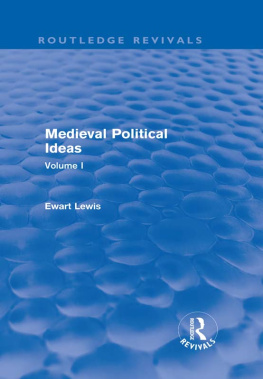

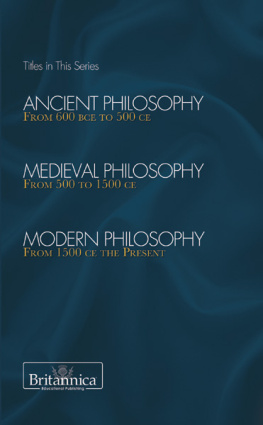
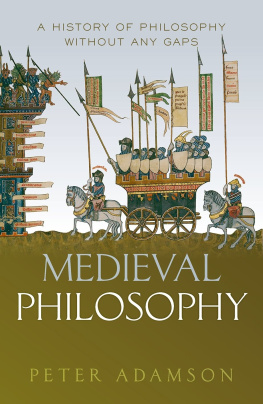
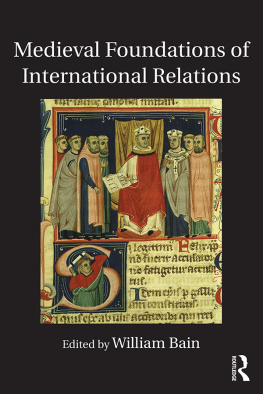
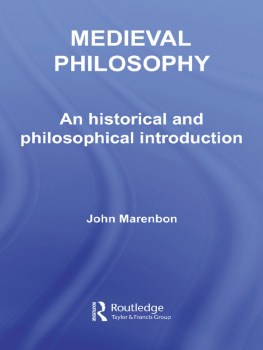

 Western Michgian University
Western Michgian University